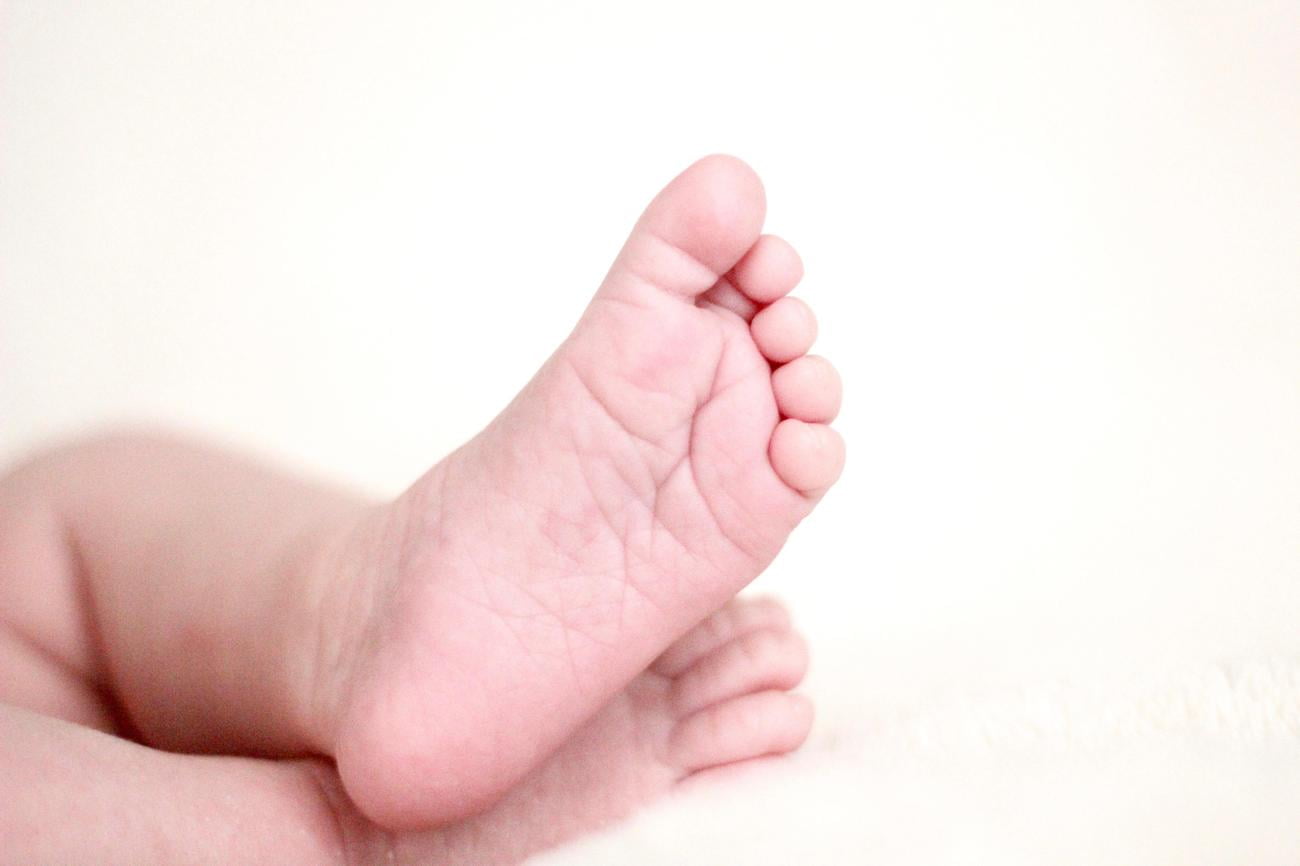Discover the secrets behind one of the most fascinating and perplexing traditions in Chinese history – foot binding. In this article, we delve into the intriguing world of foot binding, unraveling its mysteries and unveiling lesser-known facts. From its mysterious origins to the enduring consequences, prepare to be captivated by the enthralling journey of Chinese women and their bound feet. So fasten your seatbelt and get ready to unearth some truly captivating and mind-boggling facts about foot binding in China.

Interesting Facts About Foot Binding in China
Foot binding, a deeply rooted cultural practice in China for centuries, remains a topic of fascination and curiosity. In this article, we will explore some intriguing and lesser-known facts about the practice of foot binding that shaped the lives of Chinese women. So, let’s dive in and untangle the mysteries!
1. Binding the Feet for Beauty and Attractiveness
Foot binding was primarily seen as a symbol of beauty and allure in Chinese society. Women went through this painful and laborious process to achieve small and delicate feet, which were considered highly desirable. The bound feet were always hidden beneath layers of fabric, further enhancing their mystique and charm. Despite the excruciating pain it caused, foot binding persisted as a popular beauty standard.
“Foot binding may seem extreme, but it serves as a powerful testament to the lengths people would go to conform to societal ideals of beauty.”
2. Precious Thing: The First Ballerina
The origins of foot binding can be traced back to an ancient ballerina named Precious Thing, who is credited with introducing the practice. It is believed that Precious Thing bound her feet with cloth to exhibit grace and elegance during her performances. Her bound feet captured the attention of the elites, and this is how foot binding gradually spread among the upper classes.
3. The Time of the Tang Dynasty
While foot binding has been practiced for centuries, it gained prominence during the Tang Dynasty (618-907 AD). It was during this time that foot binding became deeply ingrained in Chinese culture and was widespread among women of various social classes. The Tang Dynasty marked the peak of foot binding’s popularity and influence.
4. Not All Women Bound Their Feet
Surprisingly, not all women in China practiced foot binding. Many peasant women, who needed to work in fields and perform manual labor, did not bind their feet. Binding one’s feet made it virtually impossible to move independently, making it impractical for women who had to contribute to their families. Thus, foot binding was predominantly observed among the upper classes where physical labor was not a necessity.
5. A Multitude of Health Complications
The consequences of foot binding extended far beyond the pain endured during the process. The practice posed severe health risks for women. Infected wounds, paralysis, and deformities were common among those with bound feet. It is even recorded that some women lost their lives due to infections or surgical complications. The physical and medical toll of foot binding cannot be understated.
“Behind the veiled beauty of bound feet lay a dark reality of suffering and its lasting impact on women’s lives.”
In conclusion, foot binding remains a captivating aspect of Chinese history and culture. The intriguing facts surrounding this practice shed light on the lengths women went to conform to societal standards of beauty. From the origins linked to a ballerina to the health complications endured, foot binding is a testament to the complexities of human choices and the lasting impact they can have. Let us remember the stories of the women who lived this reality and the lessons we can learn from them.
“Foot binding – a practice shrouded in mystique, but its consequences serve as a powerful reminder of the price paid for conformity in the pursuit of beauty.”
Foot binding was a captivating and unique practice in ancient China that continues to intrigue people to this day. If you’re interested in learning some fun facts about foot binding, be prepared to be amazed. Did you know that foot binding was primarily practiced by wealthy women who saw small feet as a symbol of beauty and social status? It involved tightly binding the feet to prevent natural growth, resulting in tiny “lotus” feet. Want to delve deeper into this mesmerizing custom? Check out our collection of fascinating fun facts about foot binding here.
FAQ
Q: What is foot binding?
A: Foot binding was a popular practice in China where a woman’s feet were tied with binding cloth or bandages so that they would be small and delicate.
Q: Which dynasty in China is most closely associated with foot binding?
A: The practice of foot binding can be most closely associated with the Tang Dynasty in China.
Q: Why was foot binding considered a sign of beauty?
A: Bound feet were thought to be alluring because they were always hidden, making them a symbol of beauty and attractiveness.
Q: Did all Chinese women bind their feet?
A: No, many peasant women did not bind their feet because it made it virtually impossible for them to get around on their own.
Q: Who is credited with having the first bound feet?
A: An ancient ballerina called Precious Thing is credited with boasting the first bound feet.
“`json
“`
- China II Review: Delicious Food & Speedy Service - April 17, 2025
- Understand Virginia’s Flag: History & Debate - April 17, 2025
- Explore Long Island’s Map: Unique Regions & Insights - April 17, 2025
















